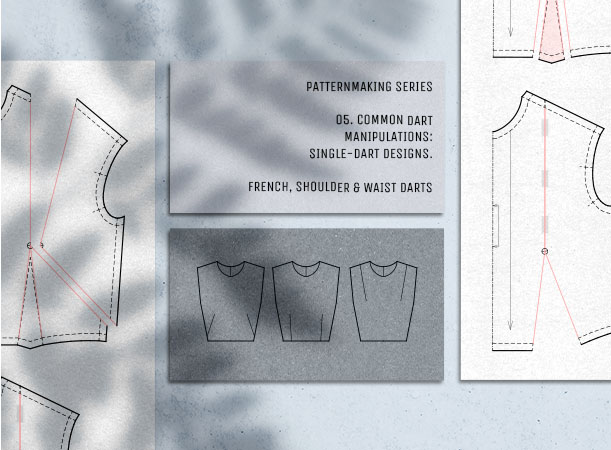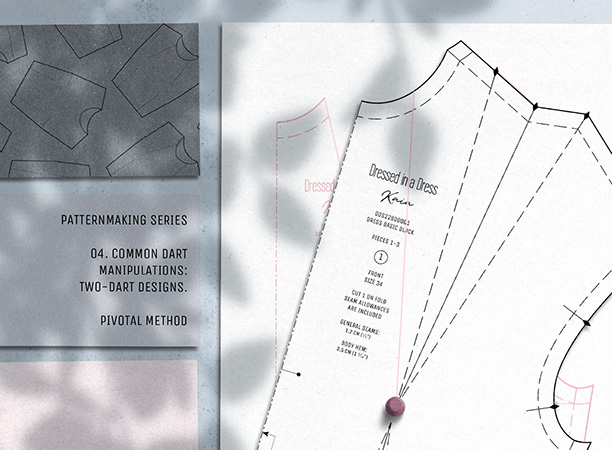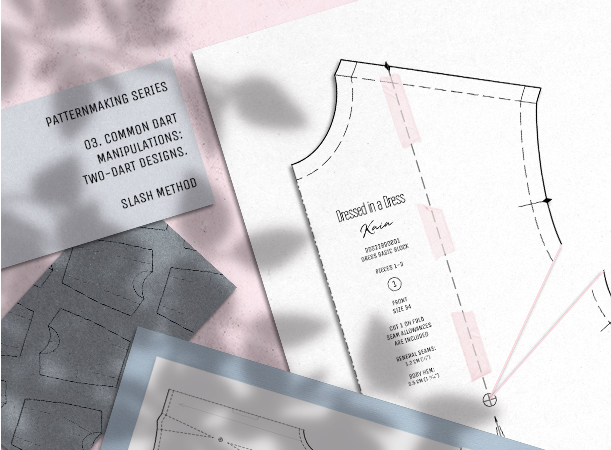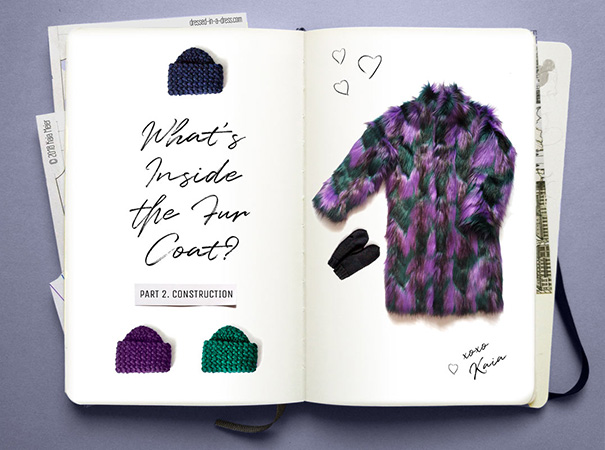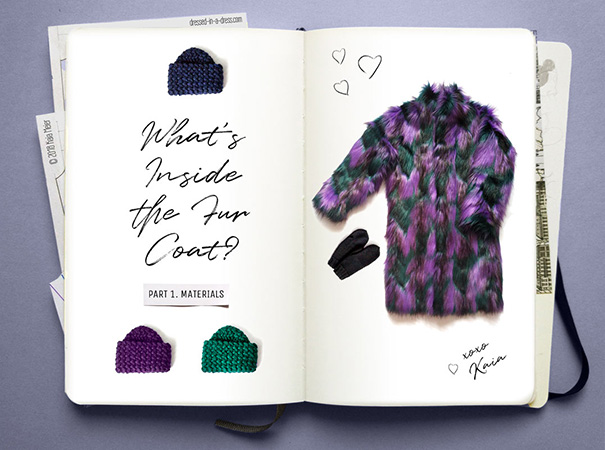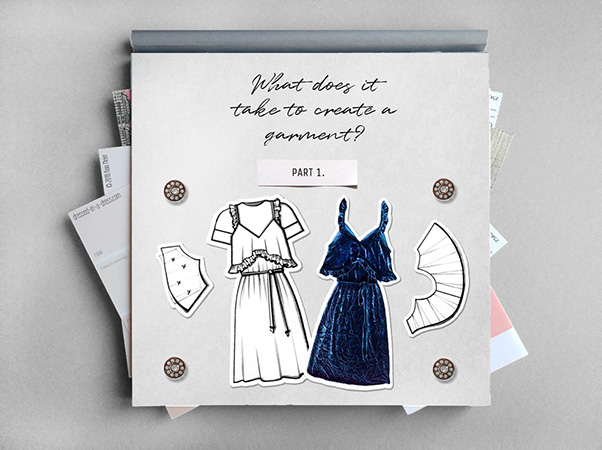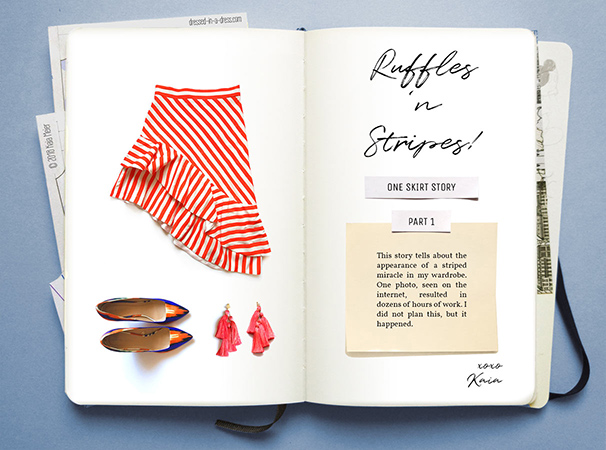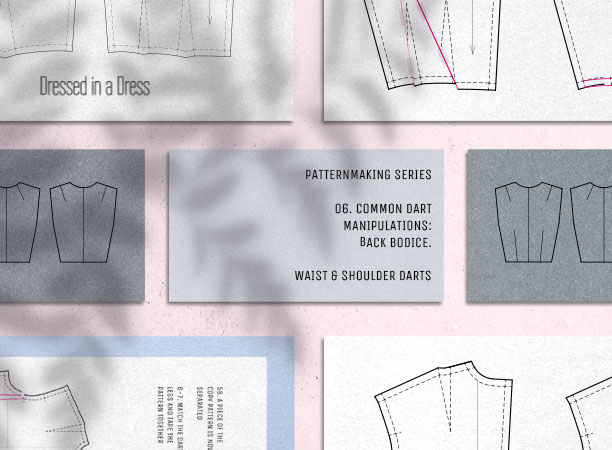
06. Common Dart Manipulations: Back Waist and Shoulder Darts
No exploration of dart manipulation is complete without addressing the back bodice, which is often overlooked. This post delves into the importance of back waist and shoulder darts for enhanced fit and design. With detailed explanations, calculations, and step-by-step tutorials, you’ll gain practical knowledge to customize patterns, eliminate fabric disruptions, and achieve precise upper back fit—all while honing your patternmaking skills.

